Choosing the right medium for your art projects can significantly influence your creative process and the final outcome. Experimenting with different mediums allows you to discover what truly resonates with your artistic style and enhances your expression. Whether you lean toward paint, drawing, or mixed media, knowing the strengths and characteristics of each option will help you make informed choices.
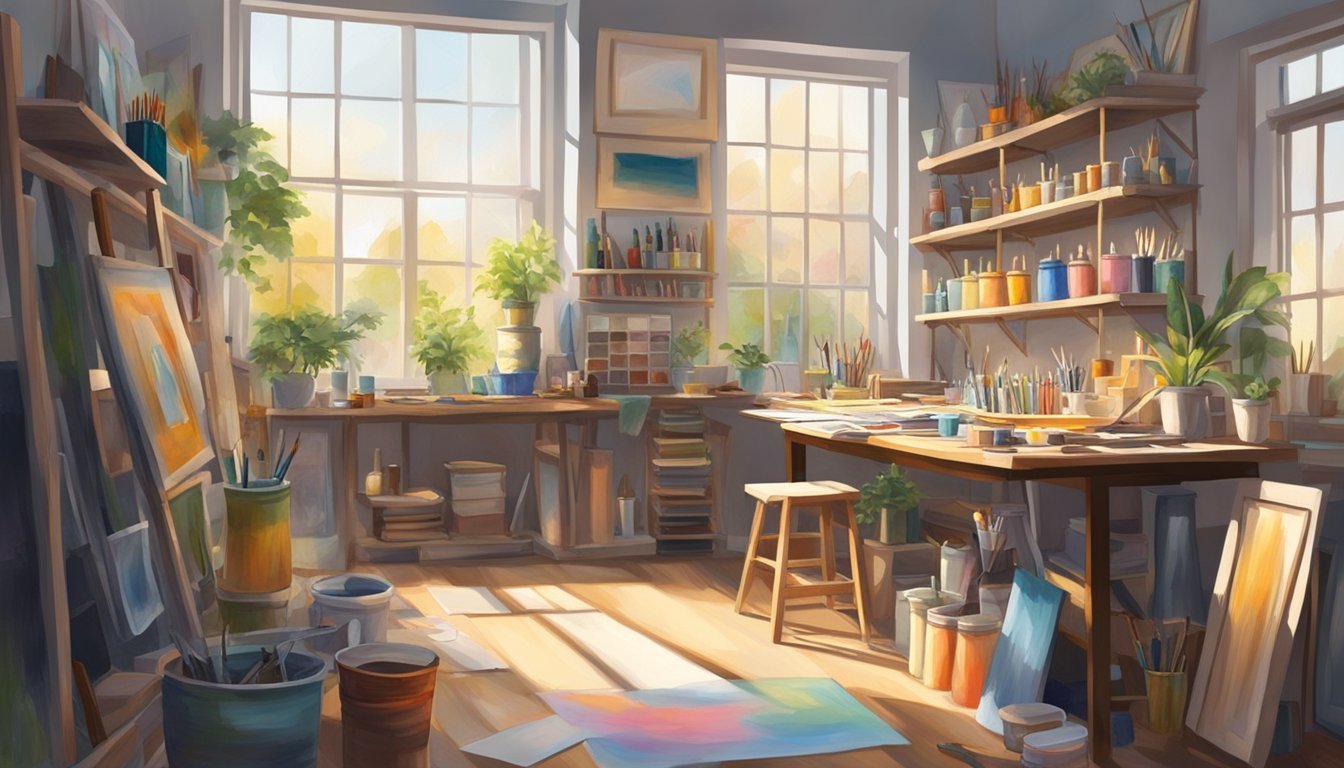
Art is all about exploration, and the medium you select plays a crucial role in your journey.
You’ll find that each type, from acrylics to pastels, offers unique qualities that can elevate your work.
So, get ready to dive in and let your creativity guide you in finding the perfect medium for your next project.
Watercolor Paper
Choosing the right watercolor paper is crucial for your artwork.
It can really change how your paints behave and the final look of your piece.
Watercolor paper generally comes in three types: handmade, mold-made, and machine-made.
Handmade and mold-made papers are more durable and stable, making them great choices for heavy washes.
You’ll find watercolor paper in various weights, typically measured in pounds.
Thicker papers, like 140 lb, can handle more water without warping.
There are also different surfaces to consider.
Cold press paper has a texture that’s perfect for both beginners and detail work.
If you prefer smooth surfaces, hot press paper allows for fine lines and vibrant colors.
Look for papers that are acid-free and pH neutral to ensure your art lasts.
You might also encounter student-grade papers, which are cheaper but might not give you the same experience or quality as artist-grade options.
Ultimately, you want a paper that complements your style and technique, enhancing your watercolor painting experience.
Acrylic Canvas
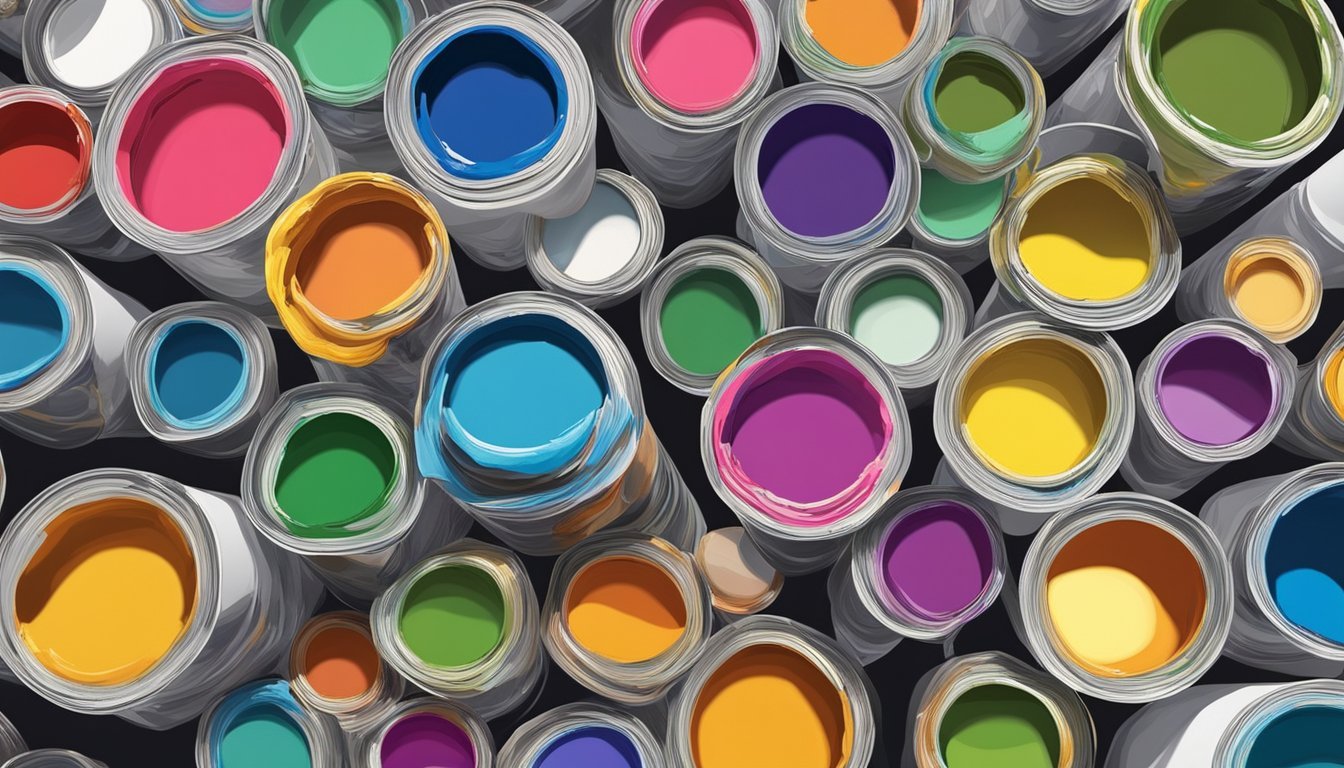
Choosing the right canvas for your acrylic painting sets the stage for your creative process.
Look for a canvas that feels sturdy and free of defects.
Dents, sagging, or discoloration can affect your work.
Make sure the canvas is properly primed, ideally with at least two coats of acrylic primer.
More layers can enhance the texture and vibrancy of your colors.
Take a moment to inspect the stretcher bars, too; quality bars will help keep your canvas taut.
When preparing to stretch your canvas, secure it over your frame carefully.
Start from the center and work your way out to avoid wrinkles.
A well-stretched canvas can make a difference in how your paint applies.
If you’re feeling adventurous, try a few light coats of paint to build up texture.
Wait about 30 minutes for each coat to dry before adding the next one.
This technique allows for smoother blending and prevents the layers from becoming too heavy.
3) Oil Paint Linens
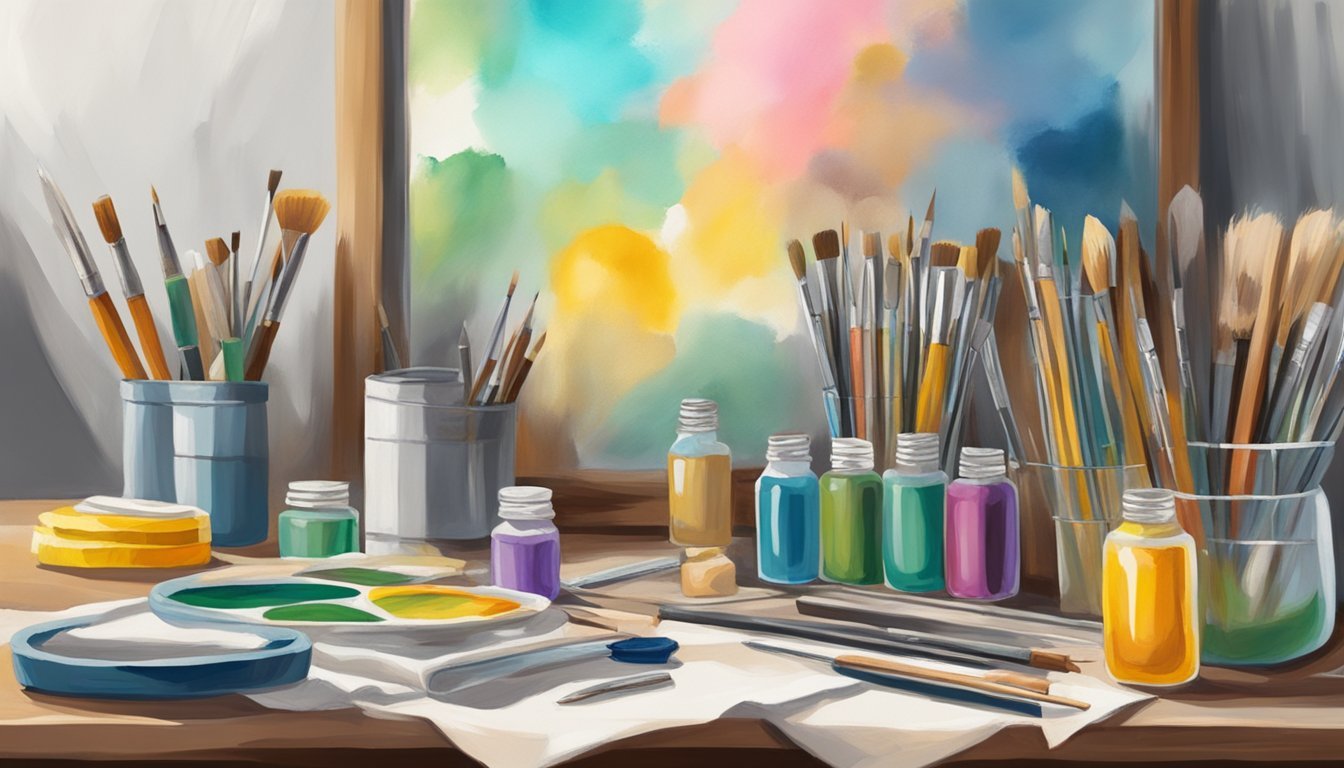
When choosing a surface for oil painting, linen is a fantastic option.
It’s known for its durability and longevity, making it a favorite among professional artists.
Linen has better archival properties than cotton.
It performs well with temperature and humidity changes, preventing paint from cracking.
That stability is key if you want your artwork to stand the test of time.
You might notice that linen canvases come with a higher price tag compared to cotton.
This cost is justified by their quality and performance.
Many artists consider linen the gold standard for oil painting surfaces.
If you’re serious about your art, investing in linen can be worthwhile.
It allows you to focus on your technique without worrying about the integrity of your work.
Plus, the texture it provides can enhance your painting experience.
Give linen a try, and you may find that it elevates your artwork to the next level.
Charcoal Sketch Pads
When choosing a sketch pad for charcoal, consider texture and weight.
You want something that can handle the unique qualities of charcoal.
Look for papers labeled specifically for charcoal or pastel use.
Hotpress watercolor paper is decent for finer details, but you might want a heavier, more textured paper for general use.
Canson Mi-Teintes and Canson Ingres are popular options, providing a good tooth for your charcoal to grip.
Another fantastic choice is Lanaquarelle.
It’s thicker and holds up well against erasures, making it versatile for mixed media projects.
This paper can even withstand some moisture, should you want to blend mediums.
Keep in mind that rougher surfaces can enhance the contrast in your drawings.
They help create depth by allowing for lighter and darker areas more effectively than smoother surfaces.
Experimenting with different papers can help you find what feels right for your style and technique.
Each pad offers a unique experience, so don’t hesitate to try a few until you discover your favorite.
Gouache Panels
Using panels for your gouache art can be a fantastic choice.
They provide a sturdy surface that can enhance the painting experience.
When selecting panels, make sure they are prepared correctly.
Applying a layer of gesso or primer first is essential.
This creates a better surface for the gouache to adhere to and avoids any chemical reactions.
Panels come in various materials, including wood and hardboard.
Each has its own unique qualities.
You might prefer the smooth finish of a wooden panel to help achieve clean lines.
Gouache can be applied in multiple layers, so working on a panel can yield excellent results.
You can experiment with textures and techniques, from dry brushing to using sponges.
Keep in mind that gouache is reworkable when wet, allowing you to make adjustments.
Enjoy exploring the versatility and vibrancy that panels can bring to your art!
Mixed Media Boards
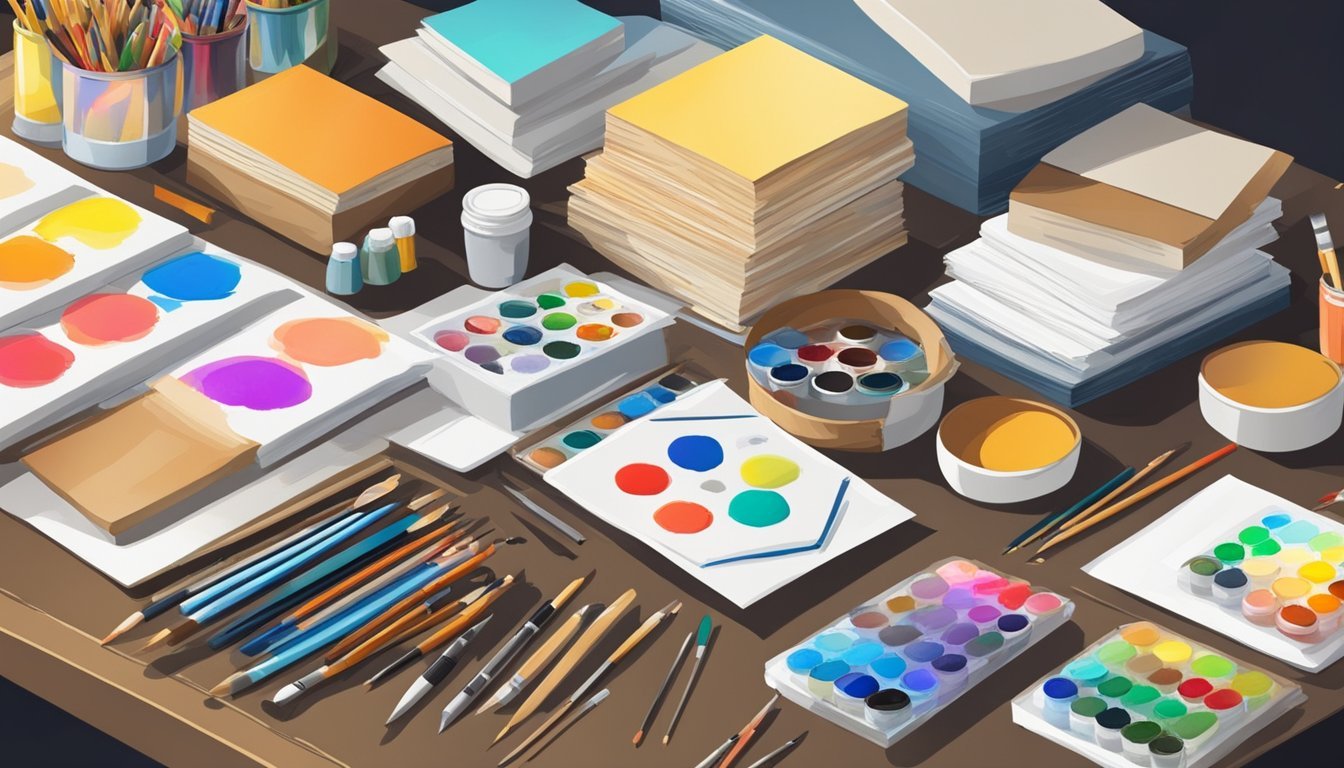
When choosing mixed media boards, consider the surface that best suits your needs.
Different boards can enhance the texture and feel of your artwork.
Plywood, for instance, is sturdy and can handle various media.
It’s great for heavier applications like acrylic and collage elements.
If you prefer something lighter, look into mixed media pads.
They often come with a smooth surface perfect for sketching and painting.
Brands like Canson offer affordable options that many artists love.
Another solid choice is illustration board, which provides a nice, thick surface.
It works well with both dry and wet media, making it versatile for different techniques.
Don’t forget about canvas boards! They’re durable and can easily absorb vibrant colors from acrylic paints.
Experimenting with different boards can significantly impact your creative process.
Ultimately, select the board that feels right for your project.
Pay attention to your preferred mediums and how they interact with different surfaces.
This decision can enhance both your experience and your final artwork.
Digital Drawing Tablets
Digital drawing tablets are a fantastic option if you want to create art in a versatile way.
They allow you to draw directly onto a screen or a tablet surface, making it easier to translate your ideas into digital form.
When choosing a tablet, consider the size.
A larger working area can give you more freedom while drawing.
For example, models like the Deco 01 V2 offer a spacious 10 x 6.25-inch workspace, giving you room to express your creativity.
Pressure sensitivity is another crucial feature.
It determines how your lines vary based on the pressure you apply with your stylus.
Higher sensitivity means more control over your strokes.
You’ll also want to think about compatibility.
Make sure your chosen tablet works with the software you use, such as Adobe Photoshop or similar programs.
Lastly, consider your budget.
Options range from affordable basic tablets to high-end models with advanced features.
Products like the Xencelabs Pen Tablet Medium offer good quality at a reasonable price and can grow with you as your skills improve.
8) Pastel Card Sheets
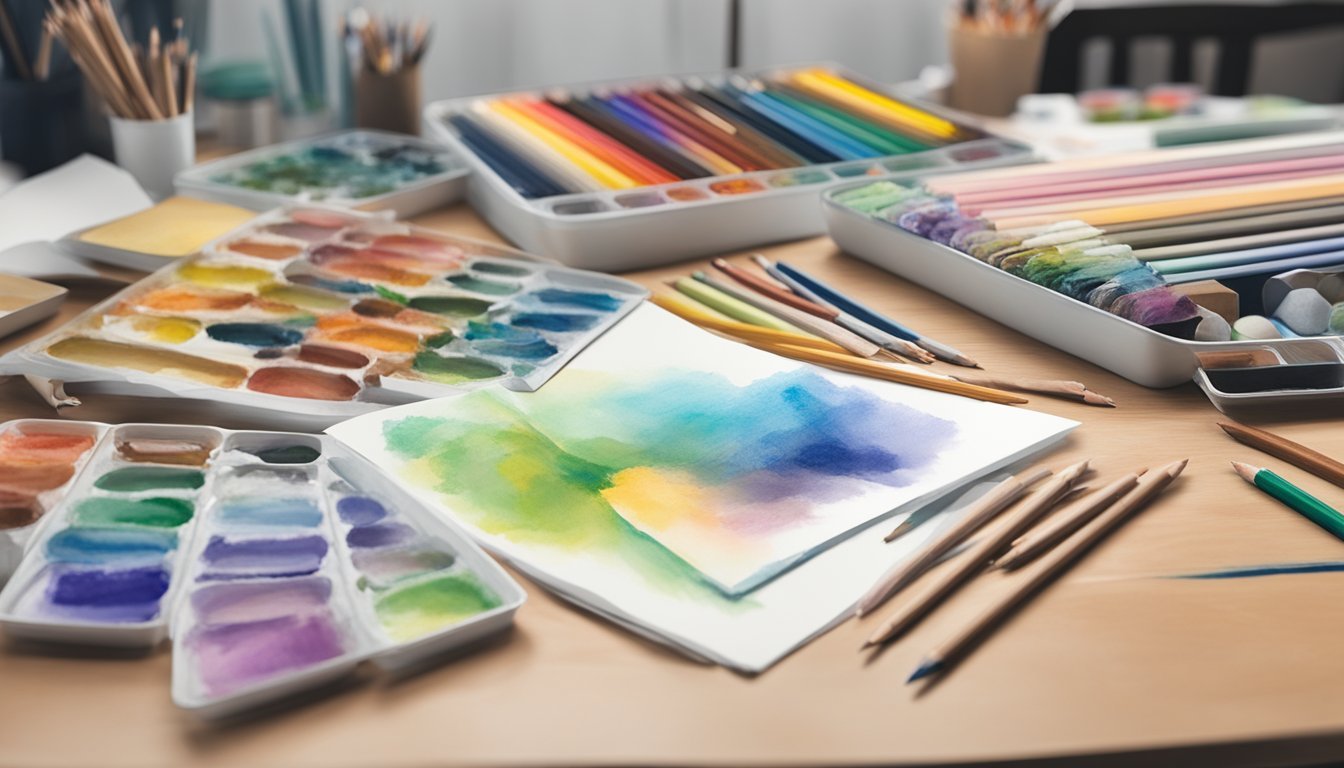
Pastel card sheets are a popular choice for artists working with pastels.
These sheets offer a specific texture that helps hold the pastel pigments in place.
You’ll find that pastel card often has a strong tooth, allowing for multiple layers without smudging.
This is great when you want to build up depth in your artwork.
One benefit of using pastel card sheets is their durability.
They can handle aggressive blending and layering, making them suitable for detailed work.
Another advantage is the variety of colors available.
This lets you choose a specific background that can enhance your artwork’s overall appearance.
When selecting your pastel card, consider the texture that suits your style.
Some cards have a smoother finish, while others provide more grip.
Try out different options to see what feels right for your technique.
Encaustic Wooden Boards
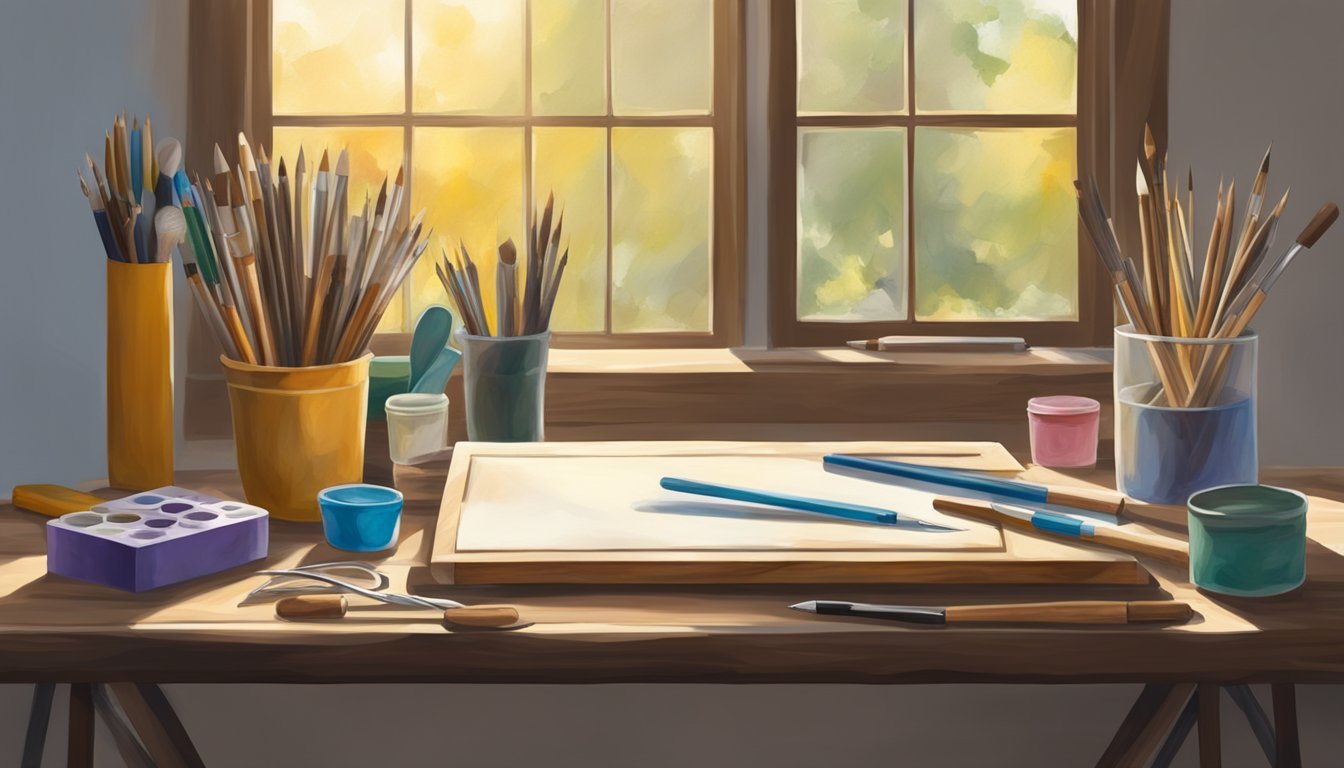
When working with encaustic painting, choosing the right substrate is key.
Wooden boards are an excellent option because they provide a sturdy and stable surface for your layers of wax.
You can use materials like MDF panels or specially designed encaustic boards.
These options are porous, which helps with wax adhesion and allows for better fusing of layers.
Before applying wax, it’s a good idea to lightly sand your wooden board.
This step ensures a smoother surface and removes any dust that could interfere with your artwork.
Once your board is prepared, you can start layering your encaustic medium.
Remember, the process involves melting the wax and fusing each layer to the one below it, creating depth and texture.
Have fun exploring colors and techniques, and don’t hesitate to experiment with different wooden surfaces to see what works best for your style.
Each board will give you a unique outcome, adding character to your creations.
10) Graphite Drawing Paper
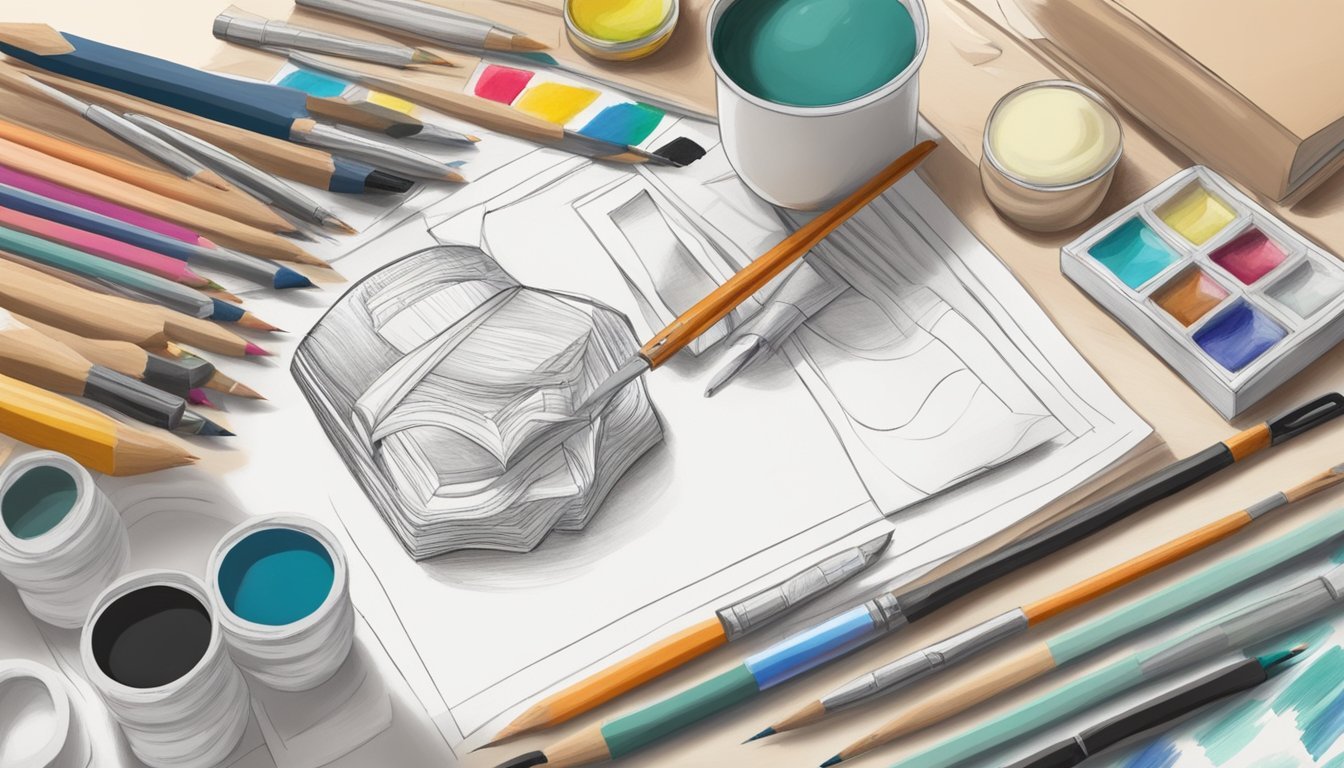
Choosing the right paper for your graphite drawings can really enhance your work.
You want something thicker than standard printer paper, ideally over 80 lbs (120 gsm), to handle erasing and layering.
Cold press watercolor paper is a solid choice.
Its rough texture adds character and depth to your art.
Thicker papers hold up well to repeated erasing, which is a plus for graphite.
Two popular brands are Strathmore and Winsor & Newton.
Strathmore’s Bristol vellum series offers great options.
The 400 and 500 series provide a nice surface for detailed work.
If you prefer a smoother feel, try their 300 series.
Winsor & Newton cartridge paper is a bit lighter but still works for casual sketches.
Experiment with different types to see what fits your style best.
Ultimately, the paper you choose impacts the final look of your artwork.
Happy drawing!
Understanding Different Art Mediums
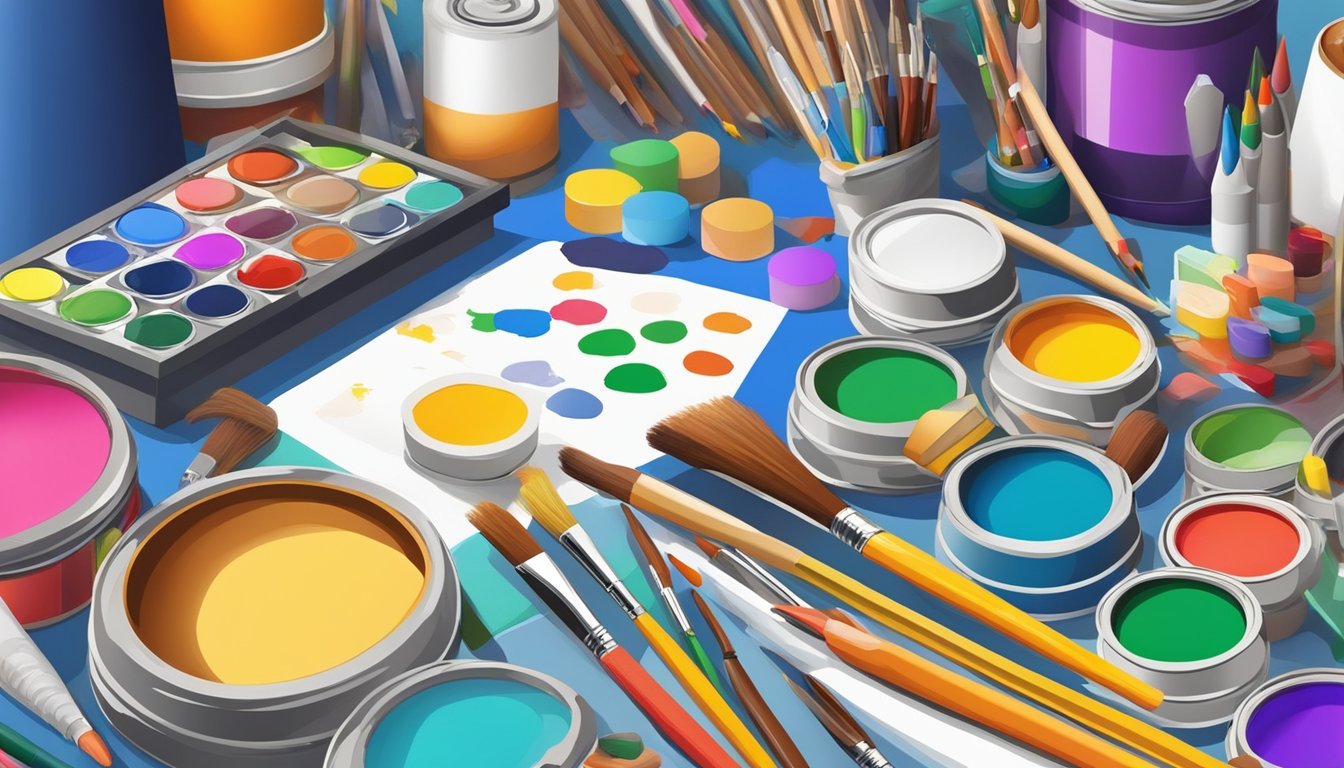
There are various mediums available for artists, each offering unique characteristics and possibilities.
Whether you prefer traditional or digital options, knowing the differences can help you make informed choices for your projects.
Traditional vs. Digital Mediums
Traditional mediums include materials like oil paint, watercolors, charcoal, and pastels.
These create a physical artwork that you can touch and feel, providing a tangible experience.
Traditional mediums often have specific techniques suited to each, like blending with water for watercolors or layering for oils.
On the other hand, digital mediums utilize software and digital tools to create artwork.
Programs like Adobe Photoshop or Procreate allow for endless experimentation without the mess.
You can easily undo mistakes and experiment with different styles quickly.
Both methods offer distinct creative processes.
Some artists prefer the hands-on approach of traditional materials, while others may enjoy the flexibility of digital.
It’s all about what feels right for you.
Common Characteristics of Art Mediums
When you explore different art mediums, you’ll notice some common characteristics that can affect your choices.
-
Texture: Different mediums provide varying textures. For example, acrylics can be thick and textured, while watercolors offer a smooth, flowing finish.
-
Drying Time: Some mediums dry quickly, like acrylics, while others, like oils, take longer. This affects your working pace and mixing options.
-
Visibility: Consider how the medium renders colors. Digital mediums often allow for brighter, more vibrant colors while traditional mediums may appear more muted.
-
Ease of Use: Some materials are beginner-friendly, while others may require practice. Watercolors can be less forgiving, while acrylics allow for more correction.
Understanding these characteristics helps you select the right medium for your artistic expression, whether you’re at a beginner or advanced level.
Choose what matches your style and goals!
Factors to Consider When Choosing a Medium
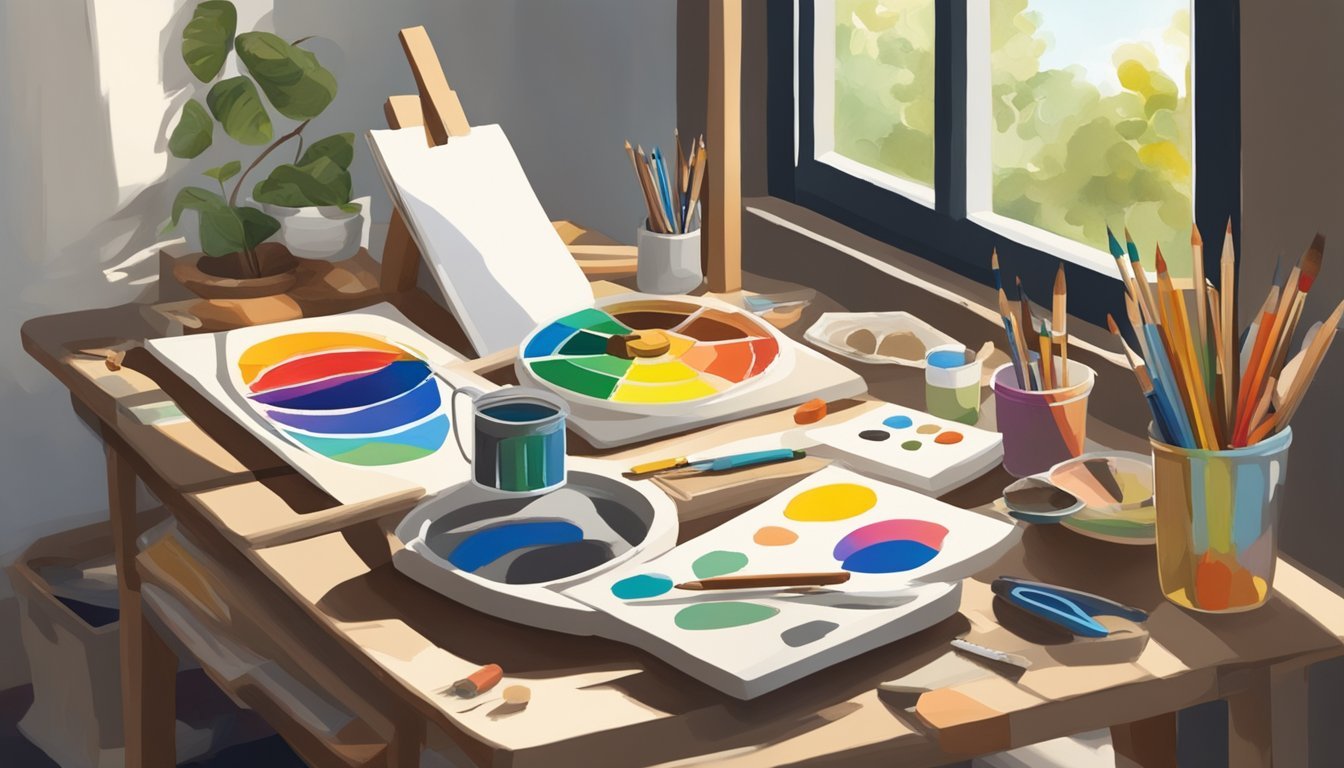
Choosing the right medium for your art projects requires careful thought.
It’s about more than just color and texture; your skill level and your project goals play significant roles in this decision.
Skill Level and Experience
Your skill level is crucial when selecting a medium.
If you’re just starting, you might benefit from forgiving materials like acrylics or watercolors.
These mediums allow room for mistakes while you learn.
On the other hand, if you have more experience, you might want to explore more challenging options like oil paints or mixed media.
These can expand your creative possibilities and push your artistic boundaries.
Consider how comfortable you feel with each medium.
Trying out different materials can help you find one that fits your style and enhances your techniques.
Experimentation is key!
Project Goals and Intent
Think about the goals for your art project.
Are you creating for personal enjoyment, or do you have a specific audience in mind? Each medium communicates differently and can influence how viewers perceive your work.
For instance, if you aim for vibrant finishes, acrylics might be the way to go.
Conversely, if you want soft, layered effects, watercolors could fit better.
Additionally, consider the longevity of your project.
Some mediums are more durable than others, affecting how the piece is displayed.
Knowing your project’s purpose will guide you in selecting a medium that aligns with your artistic intent.
Experimenting with Art Mediums
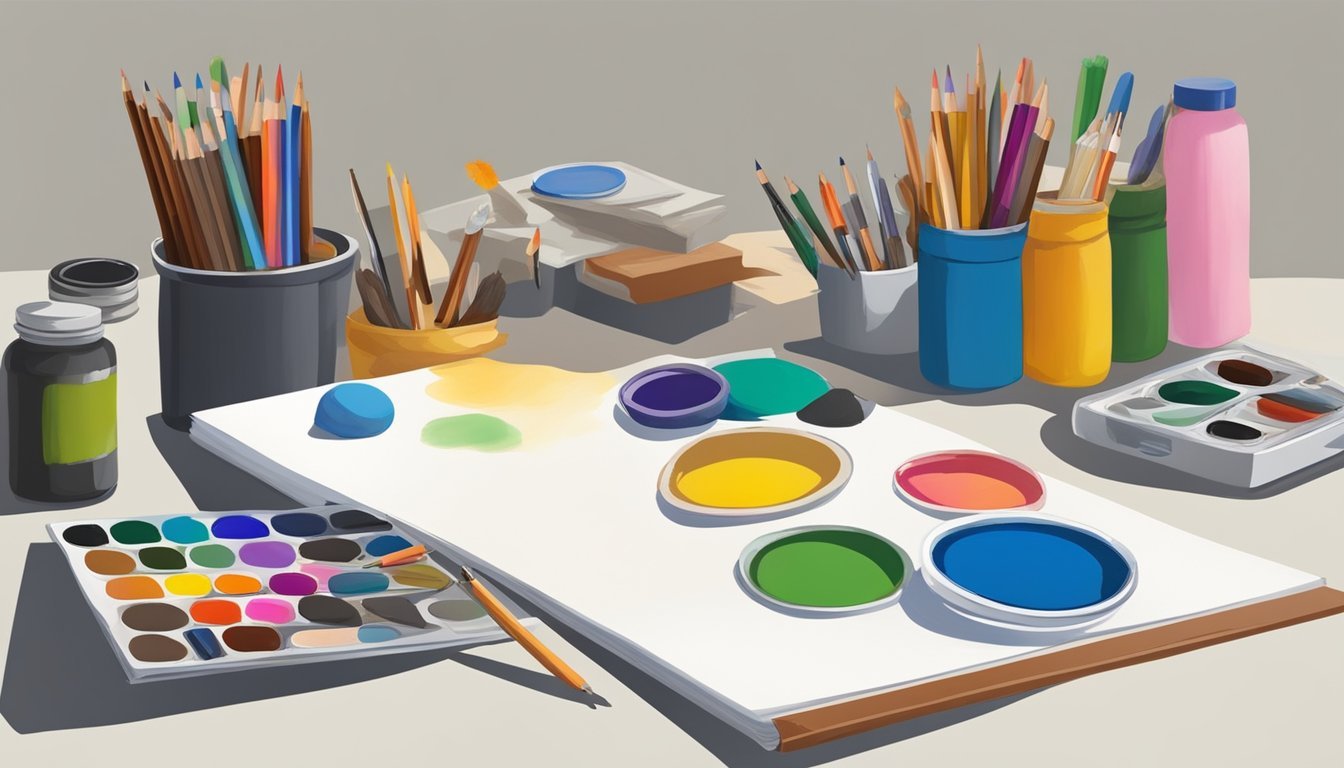
Trying out different art mediums can be an exciting journey that helps you discover your unique style.
Each medium comes with its own techniques and possibilities, opening up new avenues for creativity.
Benefits of Trying New Mediums
Experimenting with various mediums brings numerous advantages to your artistic practice.
-
Enhanced Creativity: Working with different tools and materials sparks new ideas. You might find that a specific medium inspires you in ways you didn’t expect.
-
Skill Development: Each medium has its own techniques. By trying new ones, you’ll improve your overall skills, making you a more versatile artist.
-
Increased Confidence: Successfully exploring new mediums can boost your confidence. You’ll feel more capable and willing to tackle challenges.
-
Personal Expression: Different mediums can convey emotions differently. Using a variety of them enriches your artistic voice.


